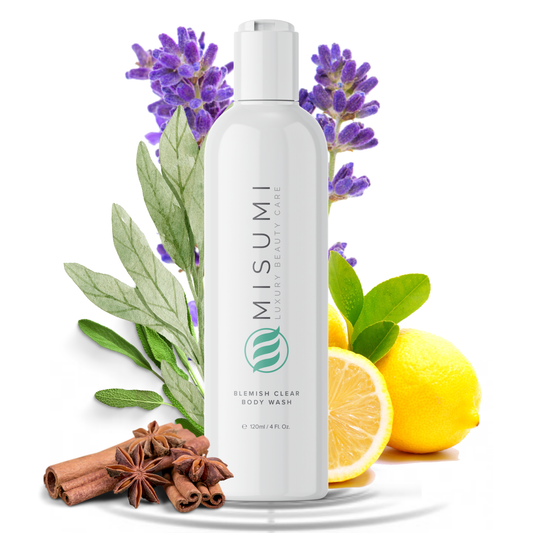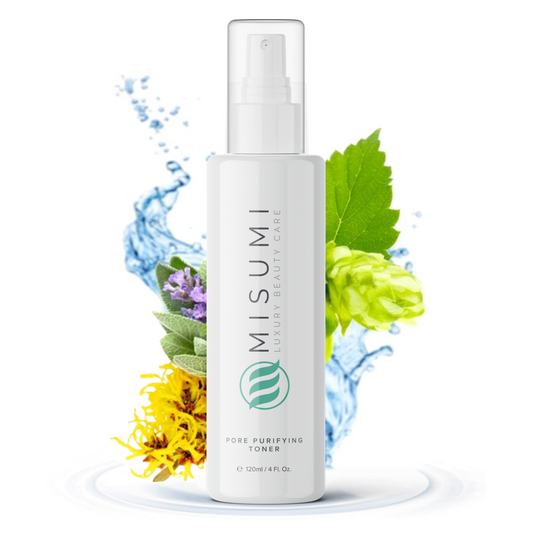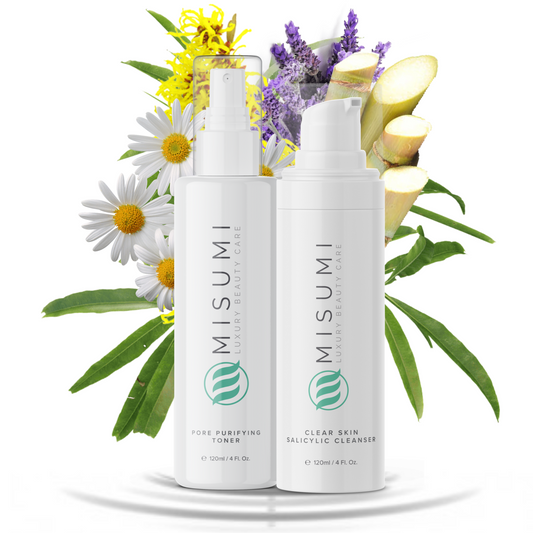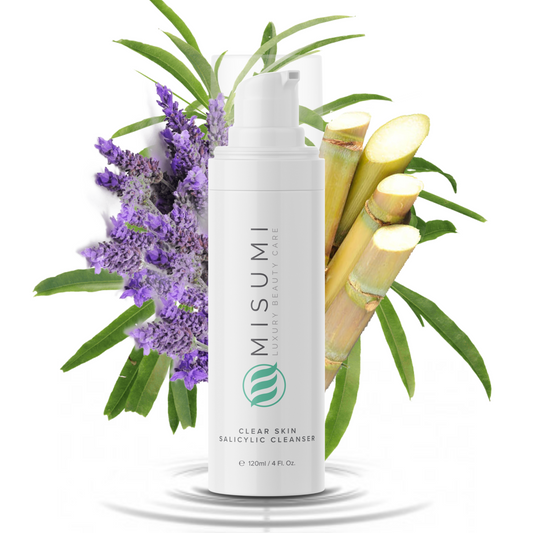Picture this: you're feeling fresh after a solid exfoliation session, ready to flaunt that glowing skin. Then, suddenly, you notice tiny bumps decorating your face like an unwelcome surprise party. What gives? It's almost like your skin is saying, ‘Hold up, not so fast.' Don't worry, though: this isn't the end of your skincare dreams. Let's jump into the world of tiny post-exfoliation bumps and figure out how to keep your complexion smooth and radiant.
Understanding Exfoliation and Its Effects

Exfoliation is a vital step in any skincare routine. It involves sloughing away dead skin cells, revealing fresh skin underneath. The benefits are impressive: brighter complexion, unclogged pores, and improved product absorption. But, with great power comes great responsibility. Improper exfoliation can lead to irritation, and yes, those pesky tiny bumps might make an appearance.
When exfoliating, the goal is to maintain a balance. While removing dead skin cells is essential, over-exfoliating can result in compromised skin barriers, leading to redness, irritation, or even breakouts. The key is to listen to your own skin's signals. If after a gentle scrub your skin starts throwing tiny bumps at you, it's time to pay attention.
Types of Exfoliation
Exfoliation comes in two primary forms: physical and chemical. Understanding the difference can help in selecting the right method for one's skincare needs.
Physical Exfoliation
This method involves physically scrubbing the skin with grains, brushes, or sponges. Think of it as the gentle nudge that helps dislodge dead skin. While effective, if one uses too much pressure or too frequently, they might encounter irritation or those annoying bumps.
Chemical Exfoliation
On the flip side, chemical exfoliants use acids or enzymes to dissolve dead skin cells. AHAs (Alpha Hydroxy Acids) and BHAs (Beta Hydroxy Acids) are popular choices, with the former being water-soluble and the latter oil-soluble. This method can provide a deeper clean and even skin tone but can also lead to irritation if not used properly.
Understanding these types allows individuals to make safer choices suited to their unique skin types.
Causes of Tiny Bumps After Exfoliation
Experiencing tiny bumps after exfoliation can be frustrating. These bumps, often hailed as "exfoliation bumps," can arise from several factors:
- Over-Exfoliation: As mentioned, too much exfoliation can compromise skin. When this happens, the skin might react with bumps as a signal to ease up.
- Product Reaction: Sometimes, an ingredient in the exfoliator may not mesh well with one's skin. Fragrance or specific acids can trigger irritation.
- Allergic Reactions: If someone has sensitive skin, even a seemingly harmless exfoliant can provoke a cascade of unwanted reactions.
- Clogged Pores: If not exfoliated properly, leftover dead skin can still clog pores, leading to bumps and breakouts.
- Underlying Skin Conditions: Issues like keratosis pilaris or acne can also present as tiny bumps post-exfoliation. If one finds these bumps to be stubborn, further investigation might be warranted.
Recognizing these causes is the first step in preventing and treating those unsightly bumps.
How to Treat and Prevent Tiny Bumps
Preventing bumps after exfoliation requires a multifaceted approach:
- Exfoliate Less Often: Aim for exfoliating once or twice a week. Your skin might thank you.
- Choose the Right Product: Consider your skin type. If one has sensitive skin, milder exfoliants should be the go-to.
- Patch Test: Before introducing any new product, a patch test can help identify potential reactions.
- Moisturize: Post-exfoliation, always moisturize. This helps to soothe the skin and repair the barrier.
- Avoid Sun Exposure: Exfoliated skin can be more susceptible to sun damage. Wearing sunscreen is essential.
If bumps do occur, treat them gently. Instead of abrasive scrubs, try calming products with ingredients like aloe vera or chamomile.
Choosing the Right Exfoliator for Your Skin Type
Finding the perfect exfoliator can feel like trying to find a needle in a haystack. Different skin types require different approaches:
- Oily Skin: Look for chemical exfoliants with BHAs. They penetrate deeper and help control excess oil.
- Dry Skin: AHAs are ideal here, as they provide hydration while exfoliating. Gentle physical exfoliants can also work if they are mild.
- Combination Skin: A mix of both AHAs and BHAs might be the best route. This allows for addressing different needs across the skin.
- Sensitive Skin: It's best to stick to gentle exfoliants specifically formulated for sensitive types, avoiding any harsh or abrasive ingredients.
Selecting accordingly helps minimize the risk of irritation and ensures smoother, healthier skin.
When to Seek Professional Help
While most bumps can be managed at home, sometimes professional advice is needed. Seek help if:
- The bumps persist even though changing exfoliation habits.
- They become painful or inflamed.
- There's an obvious allergic reaction presenting as swelling or severe irritation.
- It appears to be an underlying skin condition like eczema or psoriasis.
Professional dermatologists can provide tailored advice, examining individual skin types and needs.








